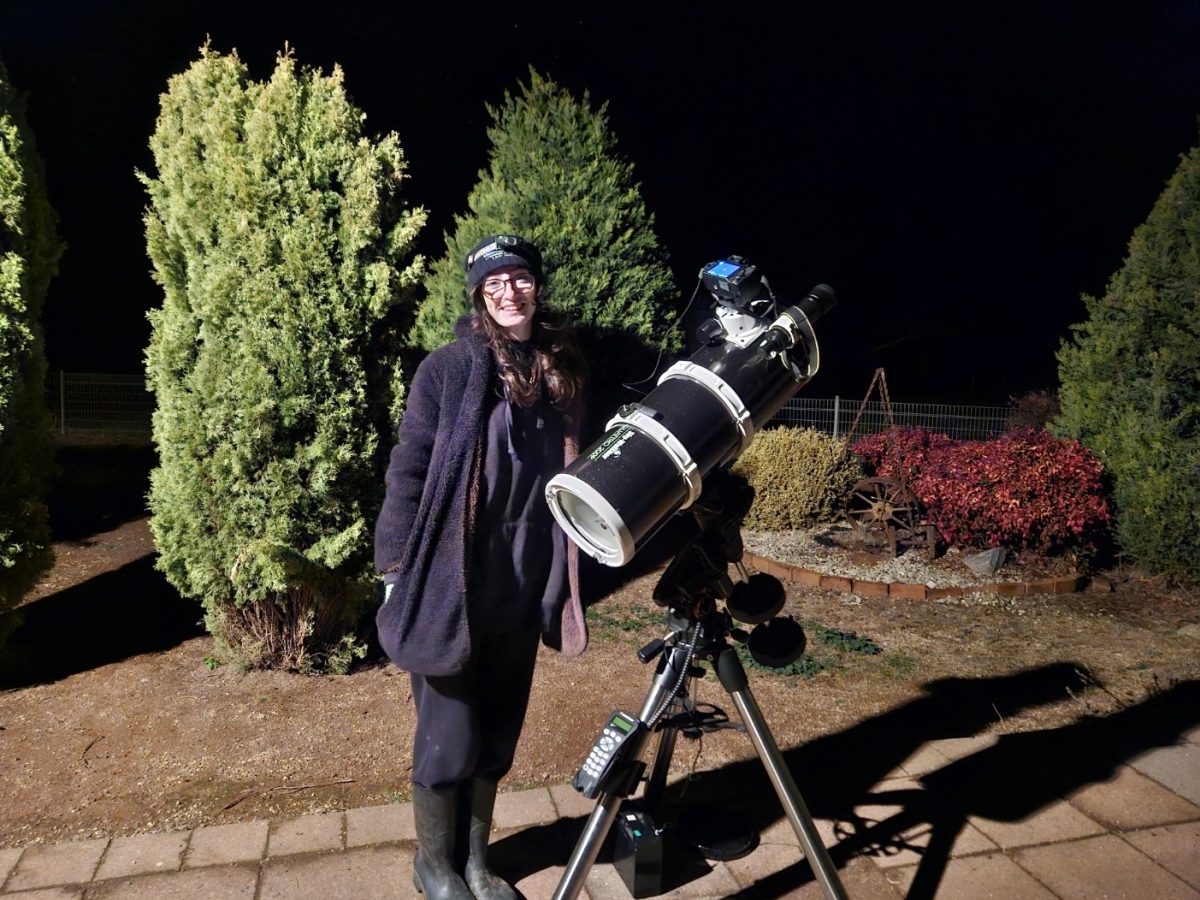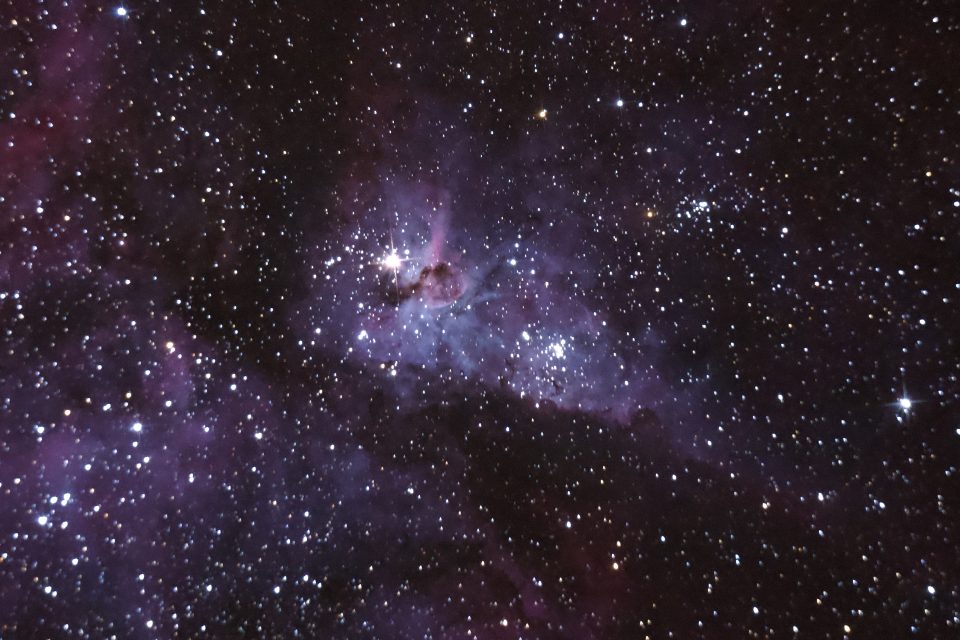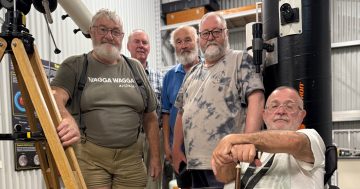
Lydia Wenke will take keen or budding astronomers on a journey through the night skies at an event in Walla Walla on Friday 2 August. Photo: Supplied.
CORRECTION: At time of publishing, the article stated the event was taking place on 12 July. The date of the event is now 2 August.
Stargazers can take in the night skies over Walla Walla when budding astrophysicist Lydia Wenke offers a guided journey through the galaxies on an astronomy night on 2 August.
Think Milky Way, Eagle Nebula and Omega Centauri as you cast your eyes upward from a location just outside Walla with minimal light pollution ideal to capture the cosmos.
Lydia comes from a family of keen astronomers and the whole family would attend the Border Stargaze Weekends held by the Astronomical Society of Albury Wodonga when they were running.
“I have always had an interest in the hobby which I picked up from my dad, Craig,” she said.
“Now I am currently completing a Bachelor of Science majoring in physics at Charles Sturt University, with the hopes further down the line of my education to be able to work in astrophysics research.”
Lydia has put together her own amateur astrophotography set-up to be able to view and take photos of the night sky too.
On the stargazing night there will be three telescopes showcasing the universe. There will be two Newtonian telescopes and a large Dobsonian telescope, all of which use big mirrors to capture the light of the target and focus the image back into the eyepiece you look through.
“At the moment it’s a great time to view the core of the Milky Way; it contains many famous nebulae that you have probably heard of before, such as the Eagle Nebula, home to the famous ‘Pillars Of Creation’ photo from the Hubble Telescope,” said Lydia.



The Eagle Nebula is on the viewing list for the night as well as targets such as Omega Centauri, the largest and brightest star cluster in our galaxy, the Carina Nebula, Lagoon and Swan Nebula, and possibly some galaxies beyond our own.
“Though our eyes cannot capture as much light as a long exposure photograph, these targets are still visible in dark skies to the naked eye as well as through a telescope,” said Lydia.
“There will also be moon viewing to start off the night, as the moon will be 25 per cent lit as it sets in the evening sky.
“There is also the possibility of seeing the recurring nova of the binary star system T Crb in the east, to the right of the constellation Corona Borealis.
“The nova occurs approximately every 80 years, making it seem like a new star has appeared in the sky. This is expected to happen soon, but there is no guarantee it will happen in time for this event.”
The night is a fundraiser for the Old School House Walla West Museum and gazers will pay $15 per person to view the cosmos up close.
Museum secretary Karen Wenke said there’d be a coffee van on-site with warm beverages and food and a campfire for added comfort, with participants needing to rug up and bring their own chair.
“As an education museum, we like to bring interesting new concepts to our target audience,” said Karen.
“This is an activity that you don’t normally have access to in this area and it’s an event where you can learn something at the same time.
“The viewing starts at 6:30 pm and will run for 2.5 to three hours. The group size will be capped to a certain number so that guests don’t have to wait in line for a long time to view each object,” she said.
Visit the Walla West Museum for more information on what else they do.









